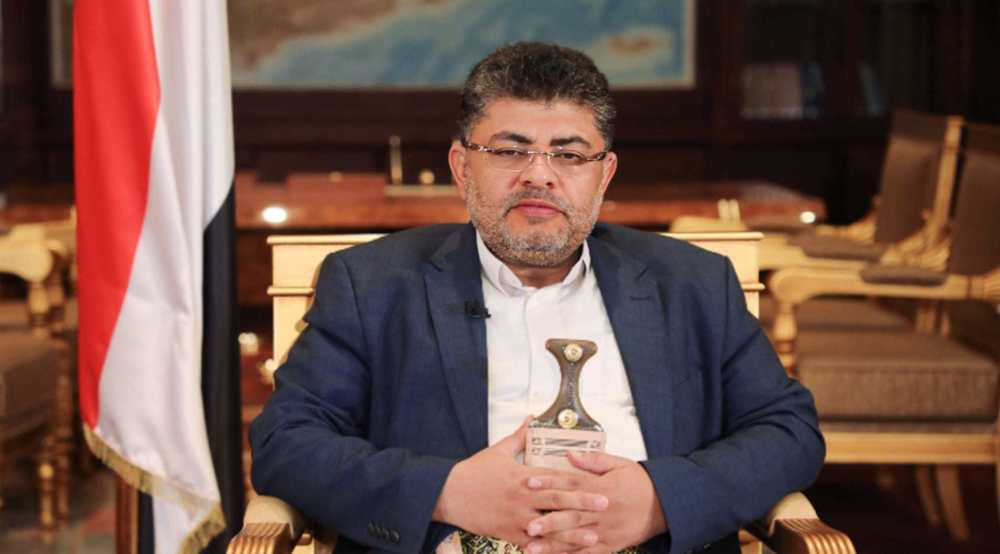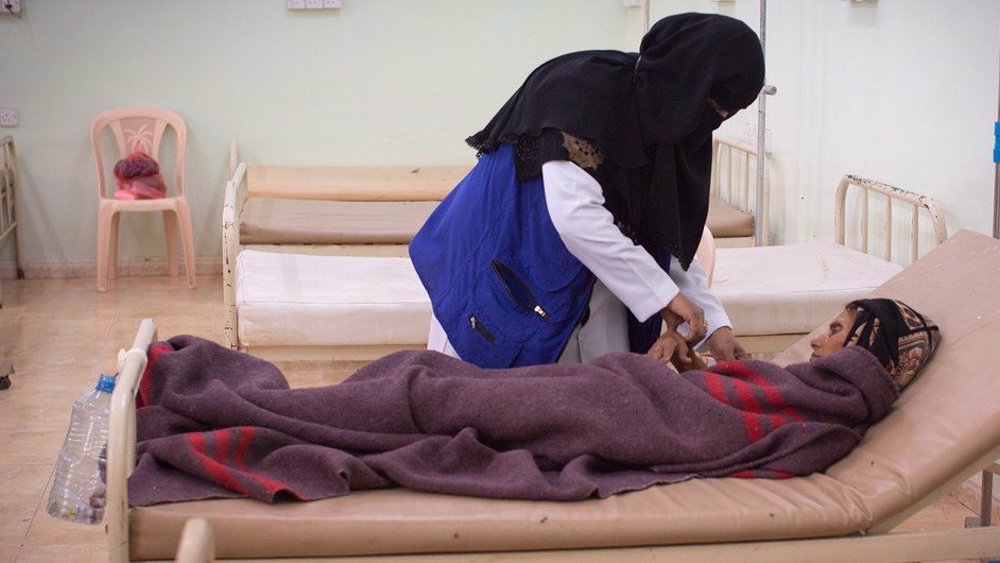Yemeni forces launch new missile against Saudi Arabia: Video
Yemeni army forces have launched a locally designed and manufactured ballistic missile towards an area deep inside Saudi Arabia in response to Riyadh’s atrocious aerial bombardments against the crisis-stricken Arab country.
On Friday, the media bureau of the operations command in Yemen released footage showing the missile attack against a stationary target in the Saudi city of Ta'if, located more than 700 kilometers (434 miles) southeast of the capital, Riyadh.
The video shows the Borkan-1 (Volcano-1) blasting off from a launcher deployed in an unknown location in Yemen. The voice of a man can be clearly heard as he chants slogans against the United States and Israel.
The solid propellant and Scud-type Borkan-1 missile reportedly has a range of more than 800 kilometers (497 miles).
{{Gallery}}
The 12.5-meter-long missile is said to be capable of carrying 500 kilograms of warheads.
Earlier in the day, Saudi military aircraft had launched two separate airstrikes against residential neighborhoods in Yemen, killing nearly a dozen civilians.
At least four women and five children lost their lives after Saudi fighter jets struck an area in the Arhab district of the western Yemeni province of Sana'a.
A civilian was also killed and three others were wounded after Saudi warplanes pounded a cultural center in the adjacent coastal province of Hudaydah.

Saudi Arabia has been incessantly pounding Yemen since March 2015, with the UN putting the death toll from the military aggression at about 10,000. The offensive was launched to crush the Houthi Ansarullah movement and their allies and reinstate the resigned president, Abd Rabbuh Mansur Hadi.
The Houthi fighters took state matters into their own hands in the wake of Hadi's resignation and escape, which threw Yemen into a state of uncertainty and threatened a total security breakdown in the country, where an al-Qaeda affiliate is present.
UN Humanitarian Coordinator for Yemen Jamie McGoldrick said last month the death toll from the Saudi military aggression could rise even further as some areas had no medical facilities, and that people were often buried without any official record being made.
In Christmas message, Pope laments ‘extremely grave’ situation in Gaza
Hamas says Israel created new obstacles to Gaza truce deal
Pakistani military conducts airstrikes on militant hideouts in eastern Afghanistan
VIDEO | Displaced settlers frustrated
VIDEO | Christmas: Time for peace
Turkey will bury Syria’s Kurdish militia if they fail to disarm: Erdogan
VIDEO | Christmas in Syria: Hope amidst uncertainty
Israel attacks eastern Lebanon for first time since ceasefire















 This makes it easy to access the Press TV website
This makes it easy to access the Press TV website